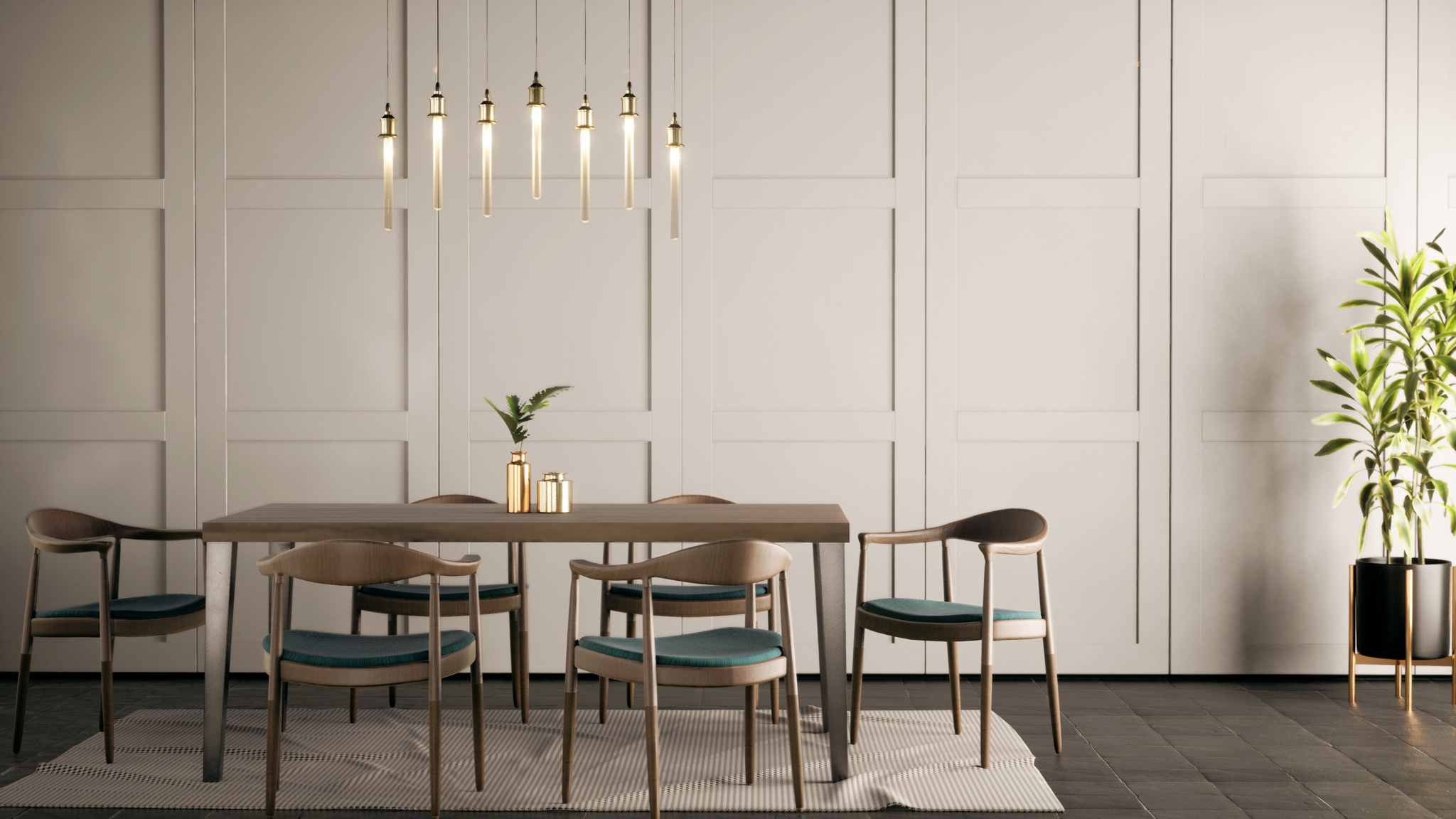Split-level houses, a popular architectural style in the mid-20th century, continue to attract homeowners with their unique design and practical layout. Characterized by staggered multiple levels, these homes offer distinct advantages and a unique charm. This guide explores what split-level houses are, their design features, benefits, and considerations for potential buyers.
Understanding Split-Level Houses
A split-level house typically consists of three or more levels connected by short flights of stairs. The main entry usually opens into a foyer that provides access to different sections of the home. Common types of split-level dwellings include:
- Standard Split-Level: This design features three levels: a main level with the kitchen and living areas, an upper level with bedrooms, and a lower level with additional living space or a basement.
- Side Split: In this variation, the levels are visible from the front elevation. One side of the house appears higher due to the staggered levels.
- Back Split: In a back split, the front elevation shows only one level, while the rear of the house displays two or more levels.
Design Features of Split-Level Houses
- Multiple Levels: The defining feature of split-level homes is their multiple, staggered levels, which create distinct living areas.
- Short Staircases: These homes have short staircases connecting the various levels, making it easy to move between different regions.
- Open and Defined Spaces: Split-level homes often combine open living spaces with more private, defined areas, offering a blend of communal and secluded environments.
- Natural Light: Large windows are standard, especially in the main living areas, allowing for plenty of natural light.
- Efficient Use of Space: The design maximizes the use of the lot, often making it suitable for sloped or smaller properties.
Advantages of Split-Level Houses
- Separation of Spaces: The layout naturally separates living areas, providing privacy and reducing noise between levels. This is ideal for families who want distinct spaces for different activities.
- Affordable: Split-level homes were initially built as an affordable solution to the housing demand in the mid-20th century, and they often remain more affordable than similarly sized single-level homes today.
- Versatile Living Areas: The multiple levels offer versatile living spaces that can be adapted to different needs, such as creating a home office, a playroom, or a guest suite.
- Distinctive Character: Split-level homes have a unique architectural style that stands out from more traditional designs, appealing to those who appreciate mid-century modern aesthetics.
Considerations for Buyers
- Stairs: Multiple levels and short staircases can be challenging for individuals with mobility issues. It’s essential to consider the physical demands of moving between levels.
- Renovations: While the layout offers distinct spaces, renovations can sometimes be more complex, especially if you want to open up the floor plan or reconfigure the living areas.
- Resale Value: Depending on the market and buyer preferences, split-level homes can have varying resale values. It’s essential to assess the local real estate market before purchasing.
- Maintenance: Its design can make Maintaining a split-level home more complex. For example, roofing and exterior upkeep may require more attention due to the different elevations.
Conclusion
Split-level houses offer a distinctive and practical living arrangement that appeals to many homeowners. With their separation of spaces, efficient use of land, and unique charm, they provide a versatile housing option. However, potential buyers should consider the layout’s physical demands and the potential complexities of renovations. By understanding the design and advantages of split-level homes, you can decide whether this architectural style is the right fit for your needs.









